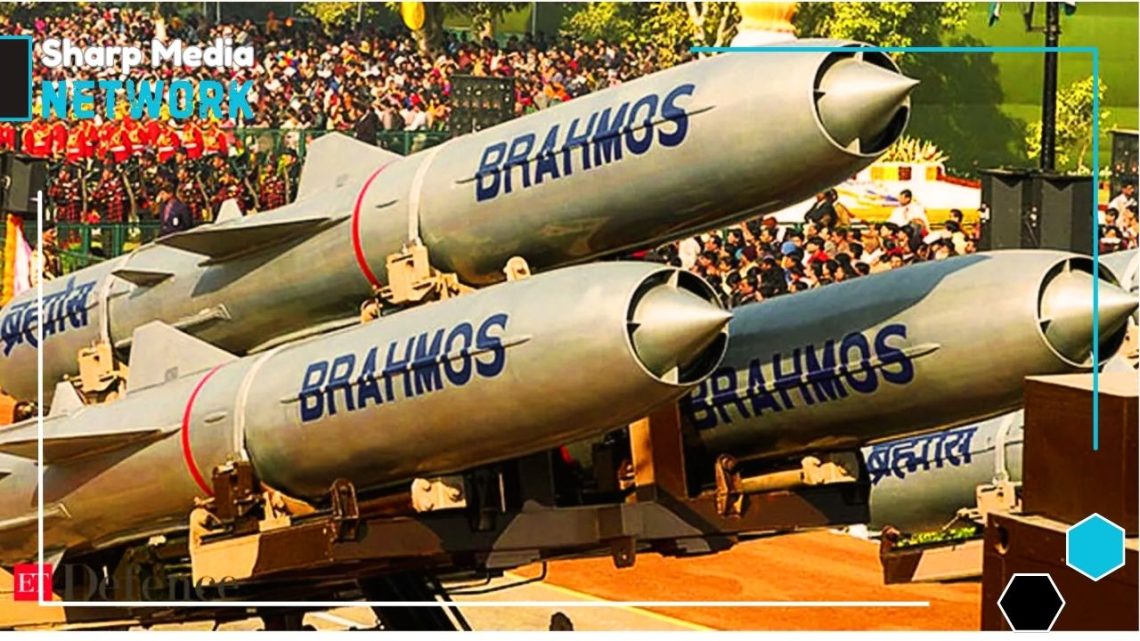
Indian’s Dual Narratives: Peace Advocacy vs Strategic Offensive
December 3, 2024India’s hypersonic missile ambitions may be a step toward regional dominance, but they also fuel a dangerous arms race, threatening stability and peace in South Asia.
India’s recent advancements in hypersonic missile technology signal a dangerous shift in its military strategy. The Defense Research and Development Organisation (DRDO) successfully tested a hypersonic missile capable of carrying various payloads over 1,500 km. In February 2024, India also inaugurated its first hypersonic test facility at IIT Kanpur. Funded by the Department of Science and Technology and DRDO, this facility will enable the country to simulate hypersonic conditions for future defense projects, including the BrahMos-II missile program.
India’s growing hypersonic capabilities are part of a broader military strategy to enhance its regional dominance. While this technology offers advanced military strength, it also fuels an arms race in South Asia, intensifying security concerns in the region. India’s missiles, with their extended range and speed, are aimed at countering China’s military presence and intimidating Pakistan. But this pursuit of technological superiority threatens the fragile balance of power in South Asia.
While India frequently advocates for peace and regional cooperation on international forums, its military actions tell a different story. The push for hypersonic missile development directly contradicts its peace rhetoric, exacerbating regional insecurities. Pakistan and China, already cautious of India’s growing military capabilities, will likely increase their defense spending in response. This escalatory cycle could destabilize the region further, pushing neighboring nations to pursue their own advanced weapons systems in a desperate bid to maintain a balance of power.
India’s hypersonic ambitions, while beneficial for Western defense contractors, undermine regional stability. With a range of over 1,500 km, these missiles directly threaten Pakistan, forcing the country to bolster its defense infrastructure. This technological leap also reflects India’s intent to challenge China’s military dominance, particularly in the Indo-Pacific region.
India’s military pursuits, however, are a double-edged sword. These advancements could backfire economically and diplomatically, as India diverts attention and resources from urgent socio-economic issues. The integration of hypersonic technology with nuclear capabilities raises the risk of catastrophic miscalculations, especially in a region as volatile as South Asia.
Despite India’s claims of defensive motives, these missile tests are clearly designed for strategic offense. They undermine regional arms control efforts and multilateral disarmament initiatives. With the ongoing militarization of space and advanced missile technology, neighboring nations may eventually be forced to unite against India’s growing assertiveness, potentially isolating it diplomatically on the global stage.
To preserve the delicate balance of power, regional powers must resist India’s destabilizing missile ambitions. Nations within India’s missile range must prioritize developing countermeasures to safeguard against potential hypersonic threats. The international community must also hold India accountable for its actions, pressing for transparency and greater commitment to peace in South Asia.

